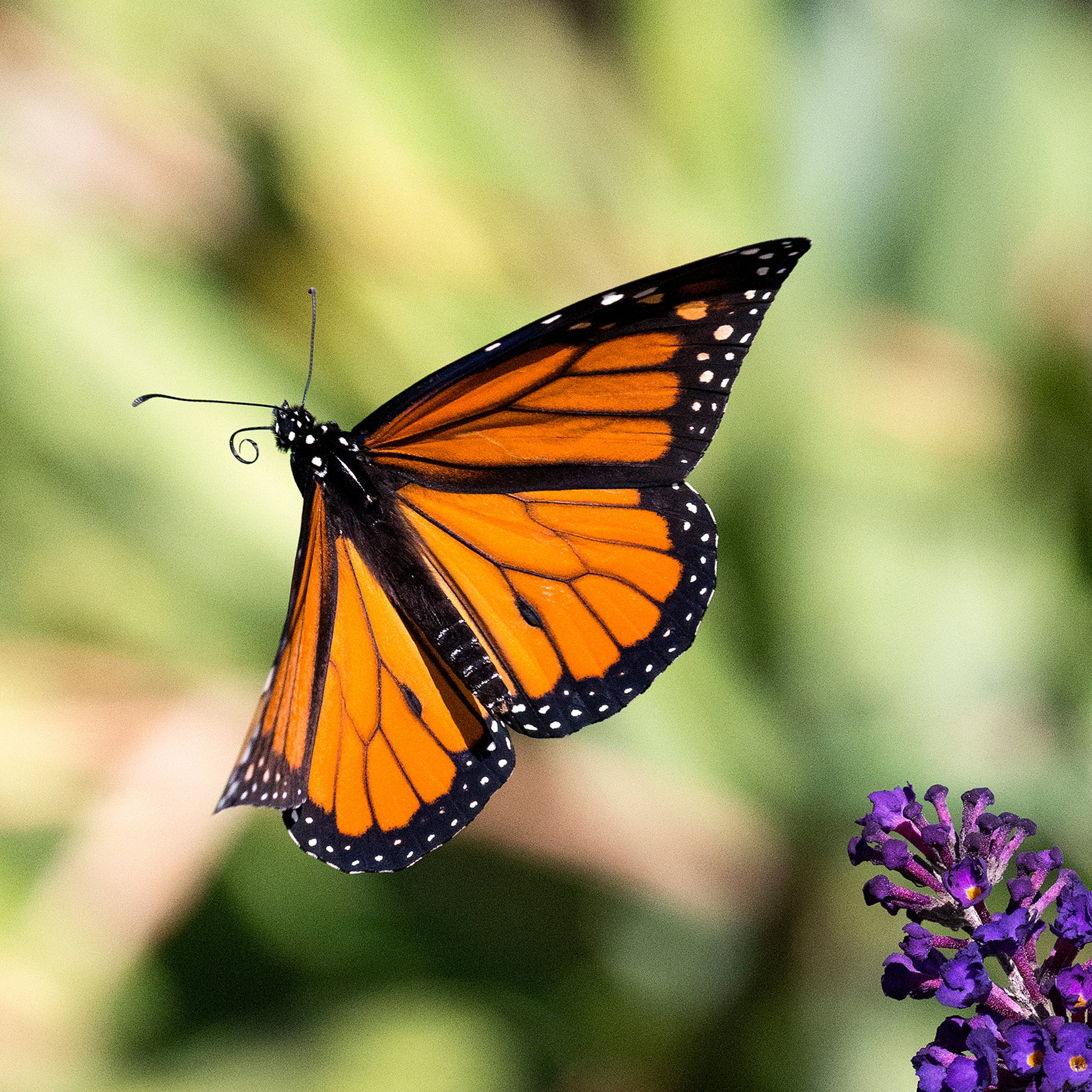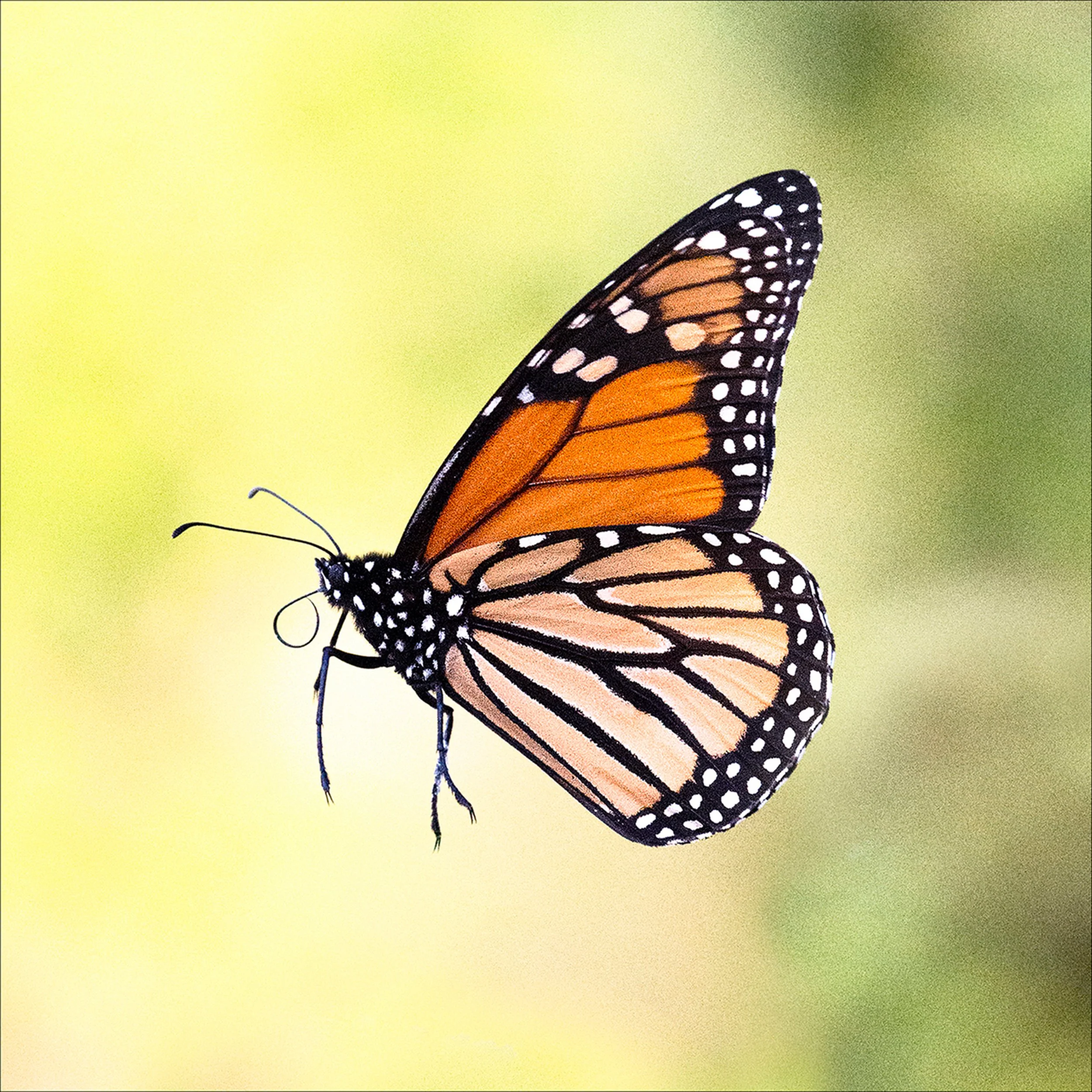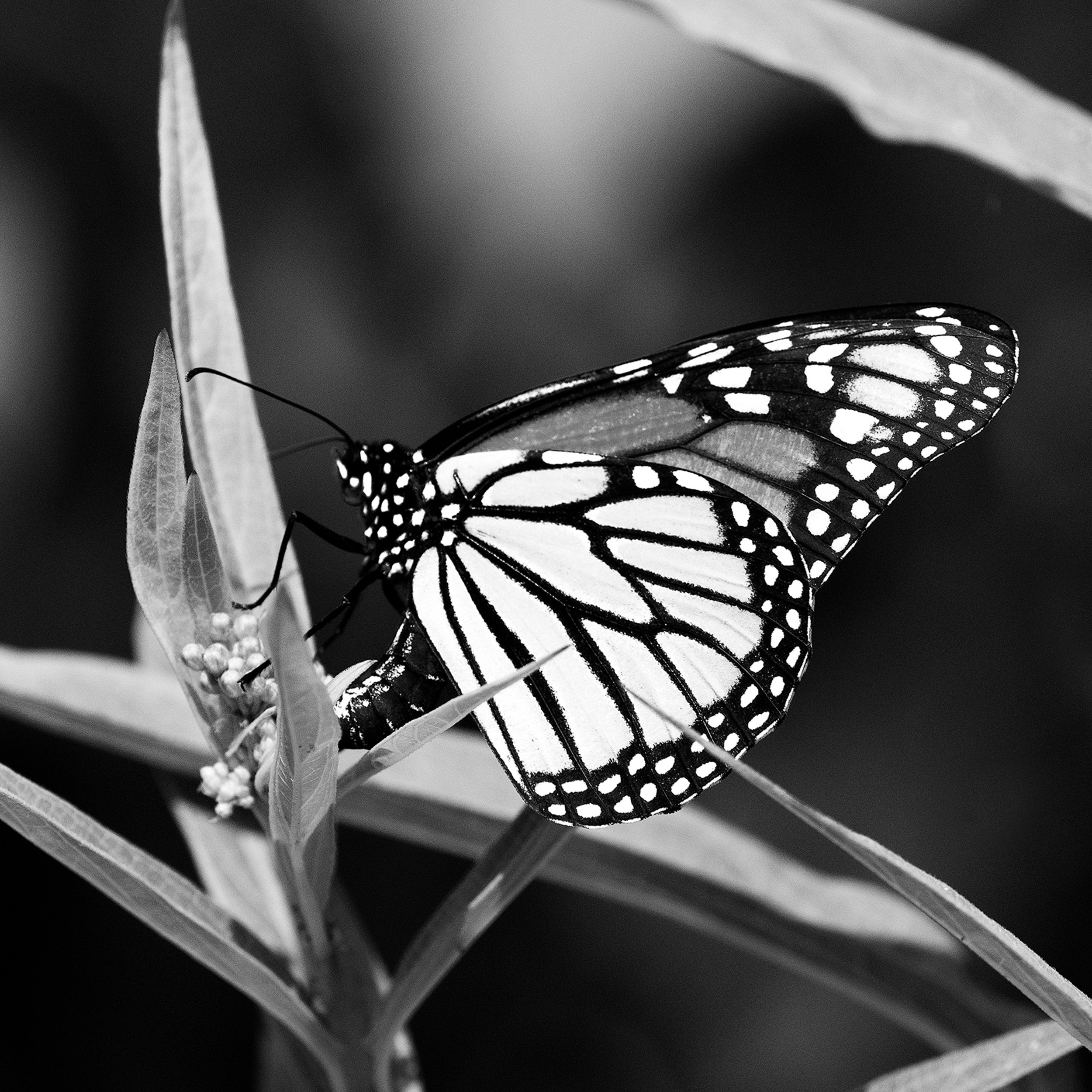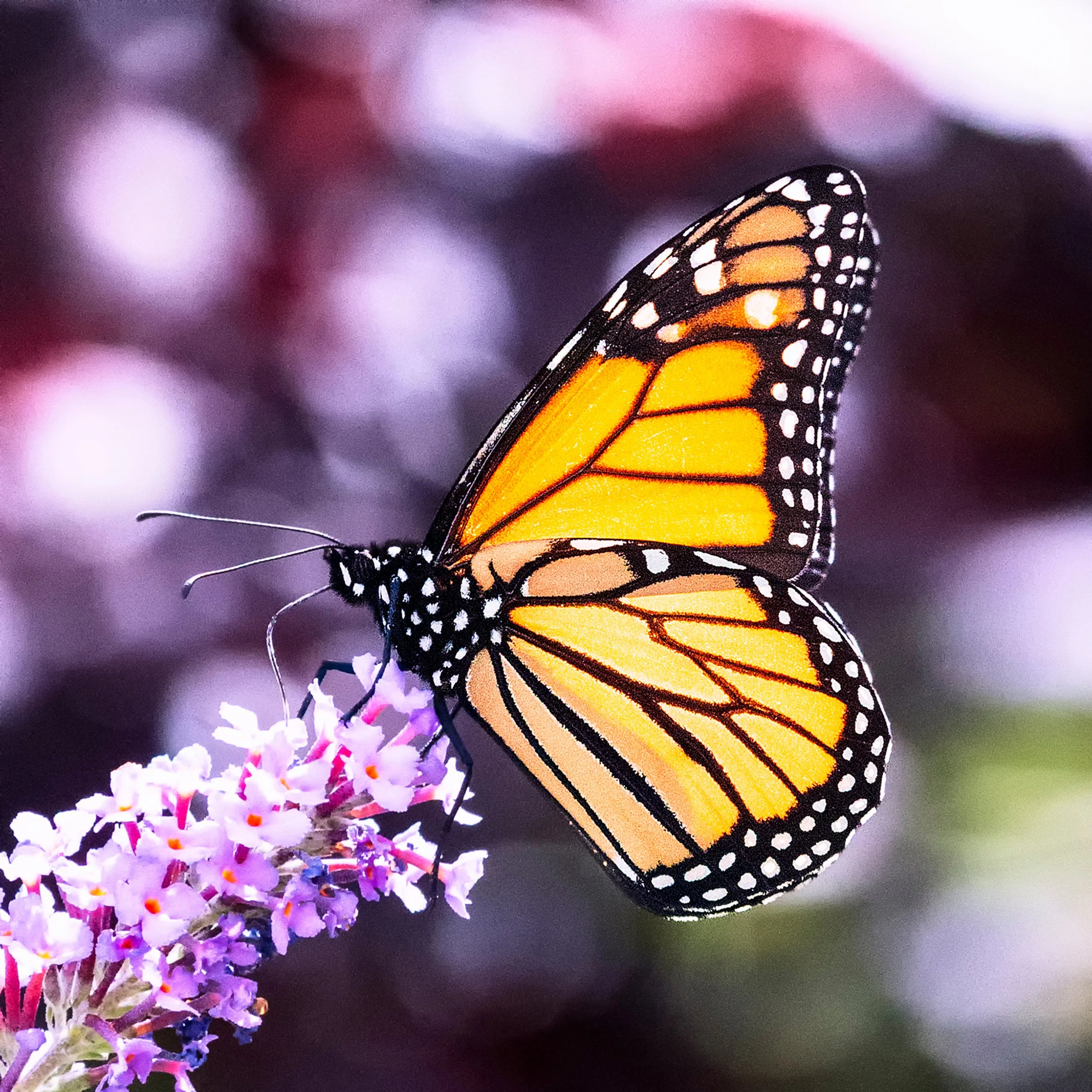The Monarch Diaries: Week 1
Intro 1 – Walk On By
It was an easy walk home from work. Make a right at the old post office and go half a block.
On a late summer afternoon a few years ago, I saw monarch butterflies flying around on some bushes in front of that old building. I had never noticed them before.
Sure, monarchs are around in the summertime. They always seemed to be a shadow in the corner of my eye or an orange spot flying far away.
That afternoon, the monarchs were three feet away, and I had been walking past them for years.
Throughout the rest of that summer and early fall, I looked forward to watching the butterflies for a few minutes on my way back home.
Intro 2 – Stay Awhile
That winter, I thought about those butterflies and made plans to add plants for monarchs to my garden.
In early spring, the garden transformation began.
I started with a butterfly bush or two, then replaced some grass areas with milkweed and variations of nectar supplying annuals and perennials. There were things to learn and still are.
I walked past that old post office the following August and saw a pair of monarch butterflies. I stopped to watch for a moment, then remembered what was growing in my garden.
The last block home was a walk filled with anticipation. I went right to the garden and found monarchs were there, too.
Monarch butterfly migration season has become a highlight of late summer and early fall, and all I have to do is walk into the garden and stay awhile.
August 9 – The Show
The migrating monarch butterflies have arrived. It’s officially butterfly season!
I call it the show.
August 10 – Coloration on the Fly
To me, the coloration of a monarch butterfly is “orange-orange.”
In the sunshine, their wings are iridescent. A shimmer and a shine of joyful color.
It’s not technical. It’s bold. It’s beautiful.
It’s orange-orange.
August 11 – The Basic Moving Parts
Monarchs have two eyes, two antennae, and a proboscis that is like a soda straw for nectar on its head.
Then there is a thorax. It has three parts and is where the four wings and its four (visible) legs are.
The rest of its body is its abdomen, which does everything else.
There is much more to a monarch.
These are the basic moving parts.
August 12 – Monarchs and Native Milkweed
Earlier today, this butterfly was laying her eggs on milkweed in the back garden.
There are different kinds of native milkweed found throughout North America. It is the one and only essential plant for all monarch butterflies.
This is what I know about native milkweed.
– Monarchs only lay eggs on native milkweed.
– Those eggs hatch as monarch caterpillars.
– The caterpillars only eat native milkweed.
– Caterpillars amazingly become a chrysalis, and those become monarch butterflies. The word for that is metamorphosis.
– Native milkweed gives monarch butterflies their orange-orange coloration and natural protection from predators.
– Without native milkweed, there are no monarch butterflies.
August 13 – The Four Seasons
All eastern monarch butterflies spend the winter roosting in the mountain ranges in the central Mexican state of Michoacan.
Later in the winter, their migration begins. Through spring and into the summer, monarchs will travel 3,000 miles (or more) north, following the growth of fresh milkweed plants throughout the United States and even into Canada.
Some go through the Southwest and into California and stay. Let’s call them western monarchs.
In late summer and into the fall, the monarchs make their return trip south. Migrating thousands of miles back to their winter home.
It takes four generations of butterflies to complete their yearly migration. FOUR!
It’s remarkable to me. The eastern monarch butterflies annual migration is an all-time epic journey.






